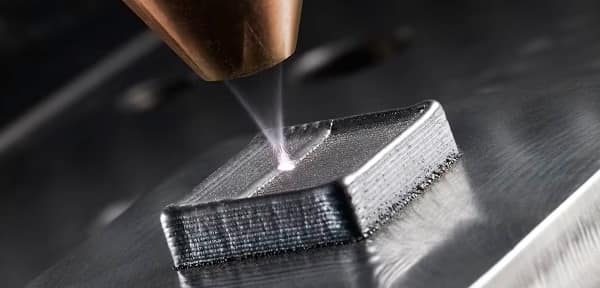The rise of fabricación aditiva is reshaping the way industries design and produce components. Once considered a niche technology, fabricación aditiva has evolved into a game-changing solution across aerospace, healthcare, and automotive sectors. By building objects layer by layer, this method reduces material waste, enhances customization, and accelerates production times.
What is Additive Manufacturing?
Additive manufacturing, commonly known as 3D printing, is a process that constructs objects by depositing material layer by layer based on digital designs. Unlike traditional subtractive manufacturing, which removes material to create a shape, fabricación aditiva builds up material precisely where needed, enabling complex geometries and lightweight structures.
Types of Additive Manufacturing Technologies
- Modelado por deposición fundida (FDM) – Uses thermoplastic filaments that are heated and extruded to form layers.
- Estereolitografía (SLA) – A laser cures liquid resin into solid layers, offering high-resolution prints.
- Sinterización selectiva por láser (SLS) – A laser fuses powdered material into solid structures, ideal for strong and flexible parts.
- Direct Metal Laser Sintering (DMLS) – Metal powder is fused by a laser, producing highly durable metal components.
- Chorro aglomerante – A liquid binding agent solidifies layers of powdered material, suitable for large-scale production.
Advantages of Additive Manufacturing
- Design Freedom & Complexity – Enables intricate, lightweight, and customized designs that are impossible with traditional methods.
- Reduced Material Waste – Uses only the necessary material, making it more sustainable.
- Faster Prototyping – Speeds up the product development cycle, reducing time-to-market.
- On-Demand Manufacturing – Eliminates the need for expensive tooling and reduces inventory costs.
Challenges of Additive Manufacturing
Despite its many benefits, fabricación aditiva still faces hurdles such as limited material options, slower production speeds compared to mass manufacturing, and post-processing requirements for certain applications.

The Future of Additive Manufacturing
With advancements in materials, multi-material printing, and large-scale production capabilities, fabricación aditiva is expected to revolutionize industries. As costs decrease and technology improves, its integration into mainstream manufacturing will only accelerate.
For companies looking to embrace digital transformation, fabricación aditiva offers endless possibilities in design, efficiency, and sustainability.
Review of “Additive Manufacturing: The Future of Industrial Innovation”
The article “Additive Manufacturing: The Future of Industrial Innovation” provides a comprehensive and insightful overview of how additive manufacturing is reshaping modern industries. It effectively highlights the key advantages of this technology, such as design freedom, reduced material waste, and faster prototyping, making it an essential read for anyone interested in industrial advancements.
One of the article’s strengths is its clear explanation of additive manufacturing processes, from FDM and SLA to DMLS and SLS. The breakdown of each method helps readers understand the wide range of applications across different industries. Additionally, the discussion on on-demand manufacturing and its potential to eliminate costly tooling and inventory storage adds significant value to the piece.
However, while the article does acknowledge the challenges of additive manufacturing, such as material limitations and post-processing requirements, it could explore these drawbacks in more depth. A discussion on how companies are overcoming these challenges, perhaps with real-world examples, would make the argument even stronger.
Overall, this article does an excellent job of presenting additive manufacturing as a transformative force in industrial production. It is well-structured, informative, and forward-looking, making it a valuable resource for professionals, researchers, and enthusiasts alike.